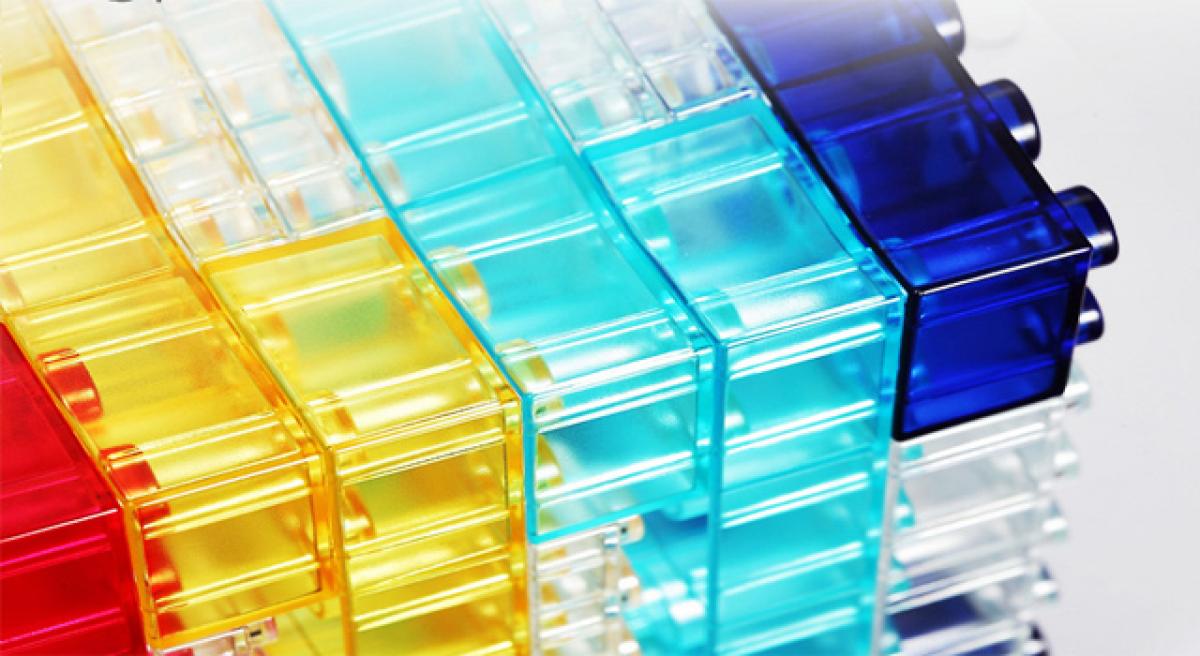Live
- BJP demands removal of ‘biased’, ‘incompetent’ officers
- Prof Vani takes charge as Dean in SPMVV
- My Dear Donga: trailer get grand launched
- Supreme Court reserves verdict
- Poll battle begins
- Phase 1 polls in 102 seats across 21 states today
- 39 candidates file papers on Day 1
- ED arrests AAP MLA Amanatullah Khan in Waqf Board appointment scam
- LS polls: Union Minister Bhagwanth Khuba, Dingaleshwara seer, Priyanka Jarkiholi file nominations in K'taka
- Amid show of strength, Congress’ Praniti Shinde files nomination from Solapur









